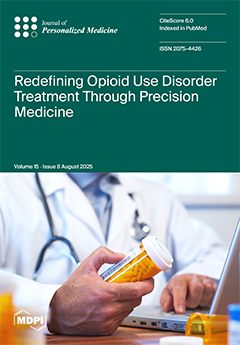Background: Abdominal wall endometriosis (AWE) is a rare but debilitating condition, often occurring in surgical scars after Caesarean sections. It is characterized by cyclic pain and a palpable mass, significantly impacting patients’ quality of life. Traditional treatments, including hormonal therapy and surgery, have limitations, prompting interest in minimally invasive techniques such as cryoablation. This study evaluates the efficacy and safety of percutaneous image-guided single-probe cryoablation using liquid nitrogen for symptomatic AWE.
Purpose: To evaluate the effectiveness and safety of percutaneous image-guided single-probe cryoablation using liquid nitrogen in treating symptomatic AWE lesions, with a primary objective to assess pain relief using the Visual Analog Scale (VAS).
Materials and Methods: This retrospective, single-center study included 14 patients (23 lesions) treated with percutaneous cryoablation between September 2022 and April 2025. Clinical, imaging (MRI and ultrasound), and procedural data were analyzed. Pain scores (VAS scale) were assessed before treatment and at 3-month follow-up. Hydro- and/or carbo-dissection were used to protect adjacent structures. Response to treatment was evaluated with MRI and clinical follow-up. Statistical analysis was performed using median, range, and percentage calculations, with comparisons made using the Mann–Whitney test.
Results: A total of 23 AWE lesions were treated in 14 patients (mean age: 39.6 years). The median lesion volume was 3546 mm
3, with a range from 331 mm
3 (8 × 4.6 × 9 mm) to 45,448 mm
3 (46 × 26 × 38 mm). Most of the lesions were located in the muscle (69.6%,
n = 16), while 17.4% (
n = 4) involved both muscle and subcutaneous tissue, and 13.0% (
n = 3) were purely subcutaneous. Among the 23 treated lesions, 8.7% (
n = 2) appeared as purely hemorrhagic, 13.0% (
n = 3) as fibrotic, and 78.3% (
n = 18) were classified as mixed, based on imaging characteristics. Procedures were performed under general anesthesia in 65% of cases and under sedation in 35%. Hydrodissection was used in 48% of lesions, carbo-dissection in 4%, and combined hydro–carbo-dissection in 26%. A single 13G cryoprobe was used in 83% of cases, and a 10G probe in 17%. The median ablation time was 15 min (range: 6–28 min), and the median total procedure time was 93 min (range: 22–240 min). Pain scores significantly decreased from a median of 8/10 (range: 6–10) before treatment to 0/10 (range: 0–2) at follow-up (
p < 0.0001). MRI follow-up confirmed complete coverage of the ablation zone and disappearance of hemorrhagic inclusions in all cases. Two patients (14%) required re-treatment, both with satisfactory outcomes. No peri- or post-procedural complications were observed, and no visible scars were noted.
Conclusions: Percutaneous cryoablation using a single probe with liquid nitrogen is a safe and effective treatment for AWE, offering significant pain relief, minimal morbidity, and excellent cosmetic outcomes. It should be considered as part of multidisciplinary care. Further prospective studies with longer follow-up are warranted to confirm these findings.
Full article





